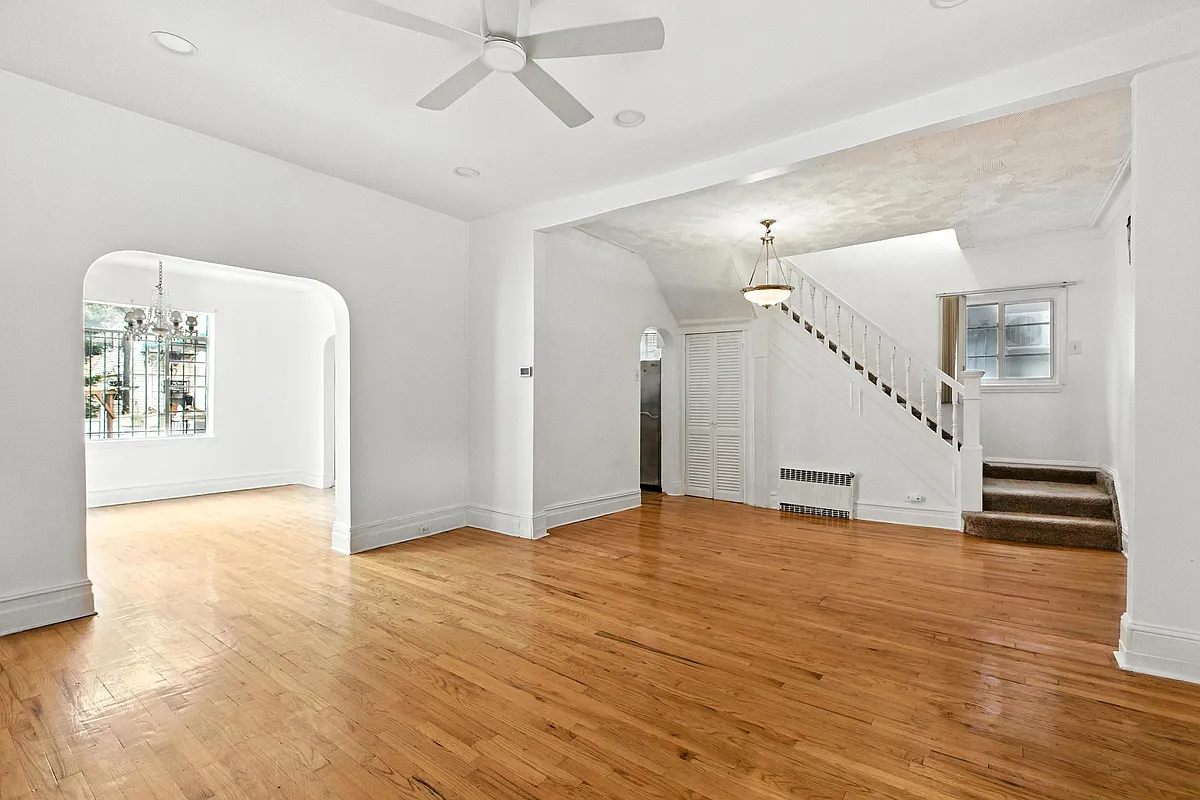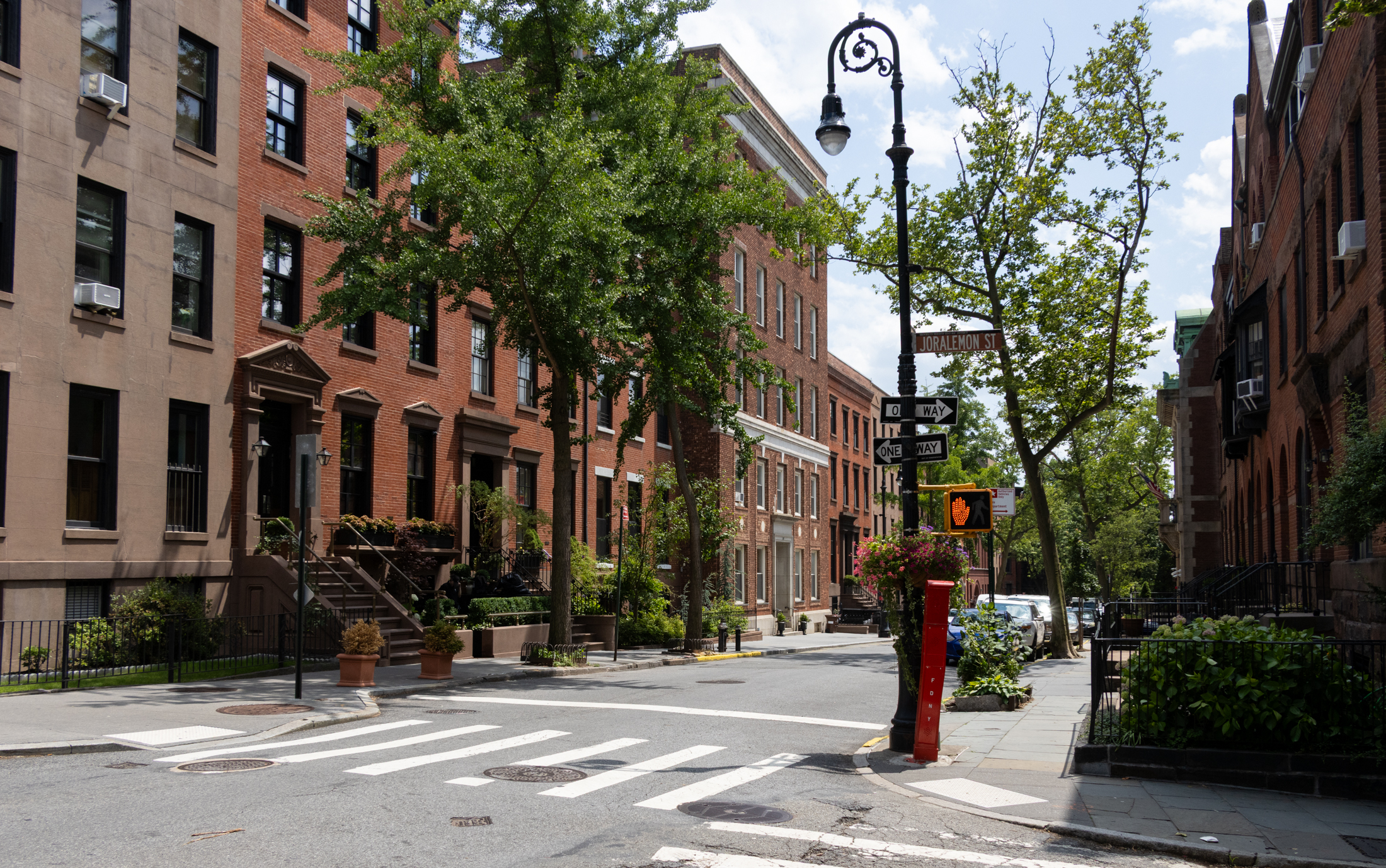Scarano: Licensed to Ill?
New York has a piece this week about how Robert Scarano may get his architecture license revoked. That’s not really news, but it gives the mag an excuse to rate Scarano’s buildings according to a “Shoddy Meter” (53 Java, where a truck recently overturned and damaged a neighboring building, gets top shoddy honors, beating out…
New York has a piece this week about how Robert Scarano may get his architecture license revoked. That’s not really news, but it gives the mag an excuse to rate Scarano’s buildings according to a “Shoddy Meter” (53 Java, where a truck recently overturned and damaged a neighboring building, gets top shoddy honors, beating out 333 Carroll Street, above). In the most interesting bit of the article, Scarano defends himself by saying his work as an architect doesn’t have bearing on all aspects of individual construction jobs. To say that the architect has some all-encompassing role in the overall construction activity is not the way that this process happens, he says. I am confident that the work we do is proper, accurate, complete, and meets all of the requirements of the zoning resolutions and build codes. (Numerous architects have made the same point in this forum.) And so it remains to be seen whether the state’s education department agrees with him.
De Blasio Continues To Go After Scarano [Brownstoner]
He Built This Borough (Badly) [NY Magazine]





10:48(am) here again – I think that 5:34 summarizes both sides on the issue very well. A lot of the “apologists” are really defending architects in general, not RS in particular. Because even if architects visited sites when they should, bad contractors are going to do stupid things like drill into subway tunnels or drive into buildings.
10:57 – you are right about the byzantine zoning laws and the even more byzantine interpretations from DOB. But no one would build the “void space” if it couldn’t be sold – that’s a waste of steel and sheetrock. The mezzanines are there because they can be sold as habitable space even though they don’t count as floor area.
live around the corner from the modern on n. 7th and it’s only been a whole in the ground for forever. from what i’ve witnessed, really seems like the contractors are horrible. there are other RS bldgs in williamsburg that went up quickly and without problems, so i really have to believe that we are letting the contractors off too easy by not naming their names.
i live in a non RS condo bldg. where the final finishes had problems altho now seemed to be all solved, at no time did i consider pointing the finger at the architect. the sponsor, yes.
If it was so easy to define whether the architect broke the rules or not, the New York building laws would not be considered legendary for their complexity. You can not really trust your “common sense” or “gut feelings” just from seeing outside, its more complex than that. Scarano’s buildings are “bulky” not because of the mezzanines: imagine if he didn’t design these mezzanines at all, his buildings would have the same bulk and instead of mezzanines there would be void space inside, because this is what zoning allows, like it or not.
Slick,
Then, in the words of the popular game, “You don’t know Jack”
Slick,
Then, in the words of the popular game, “You don’t know Jack”
I’m a lawyer, and I respect maximization of value under the rules.
I honestly dont know the zoning code well enough to know whether he broke the rules or maximized square footage under the rules.
The good architectural practice implies that the architect shall frequently visit his job site to insure his project is executed in the best way – not to say about safety conditions. This seems to be the normal situation everywhere in US outside NY, because it is a general practice for architects to carry responsibility over the entire project including the construction – supported by much higher architectural fees per buildable square foot than it is usually in NY. Here if you work in the development market you may not be able to financially afford frequent site-safety supervisions – if you are not a celebrity architect who creates an Art, of course. For Scarano architecture is primarily Business, and I wouldn’t wonder if the Scarano’s contracts with his developers didn’t include any of the site supervisions.
Have to agree with the above posters that state that Scarano cannot be held COMPLETELY liable for the actions of the developer, contractors, and sub-contractors. For example, how could it possibly be his fault or responsibility that a worksite machine overturned? Come on!
That said, I’ve always understood that it IS the architect’s responsibility to visit the jobsite continually to ensure that everything is being done according to plan. Well, just looking at the number of projects he has done over the last several years, it would seem to be near impossible for him to correctly supervise every jobsite.
Now, most importantly, it has been well established by now, especially through the use of his mezzanine spaces under 7 ft. in height, that Scarano knowingly exceeded (and thus violated) FAR limits by using this technique. This is clearly an illegal practice; it was designed to fool the DOB into signing off on these areas as storage, whilst realtors told prospective buyers they could “convert” these spaces to bedrooms after closing. (usually by removing plywood platforms.)
The designs or aesthetics of Robert Scarano are irrelevant to any pending discipline by the NYS BofE.
It’s about lying on paper, and designed spaces meant to deceive.
1:33,
Granted not an employee “of” merely employed “by”
An important distinction for many purposes, just not THIS one.